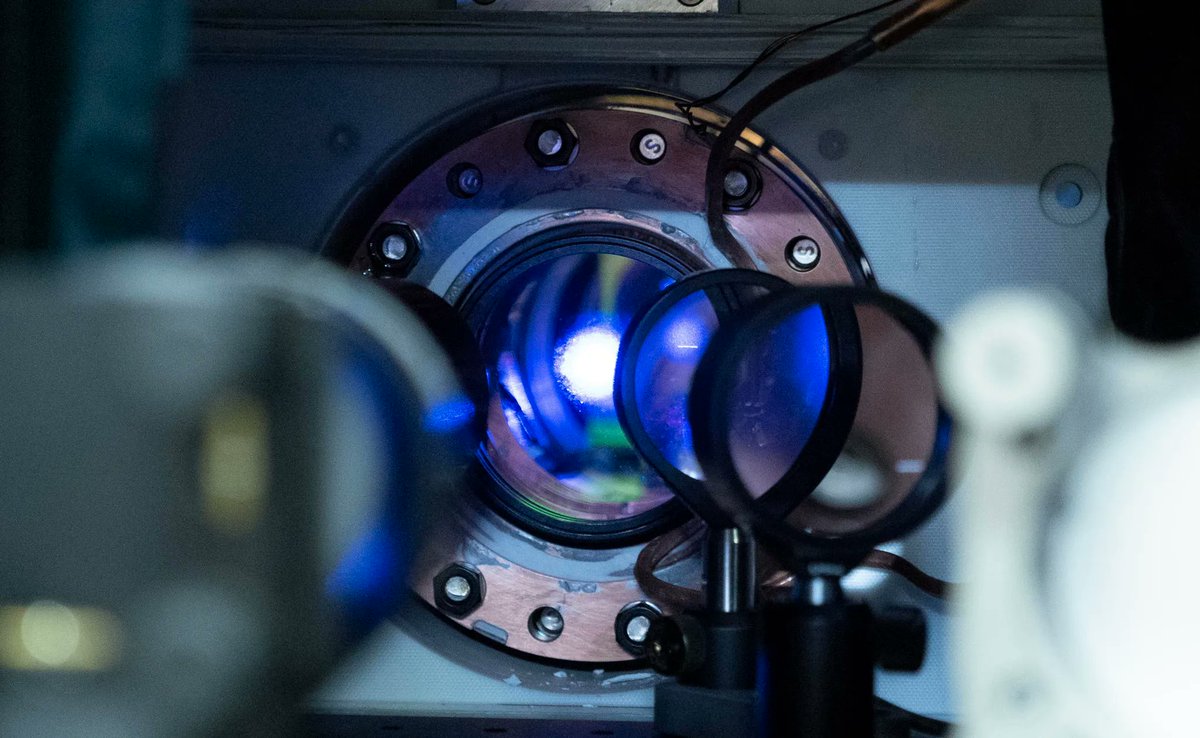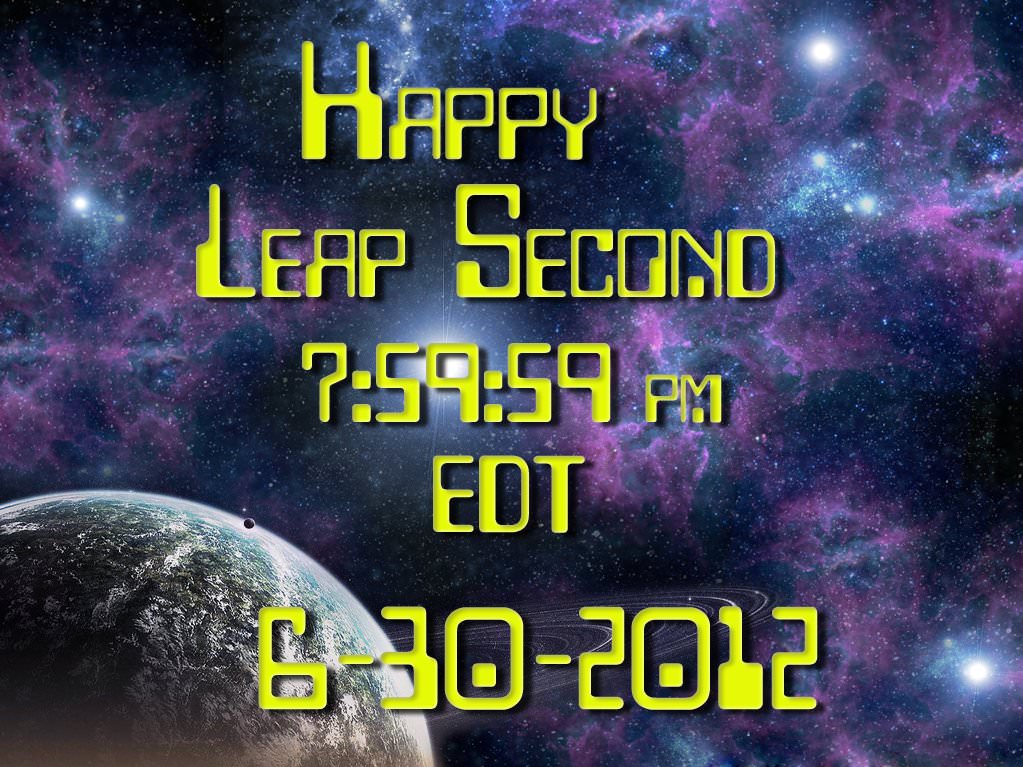Telling time in space is difficult, but it is absolutely critical for applications ranging from testing relativity to navigating down the road. Atomic clocks, such as those used on the Global Navigation Satellite System network, are accurate, but only up to a point. Moving to even more precise navigation tools would require even more accurate clocks. There are several solutions at various stages of technical development, and one from Germany’s DLR, COMPASSO, plans to prove quantum optical clocks in space as a potential successor.
Continue reading “Need to Accurately Measure Time in Space? Use a COMPASSO”What Time is it on the Moon? Lunar GPS Needs to Know
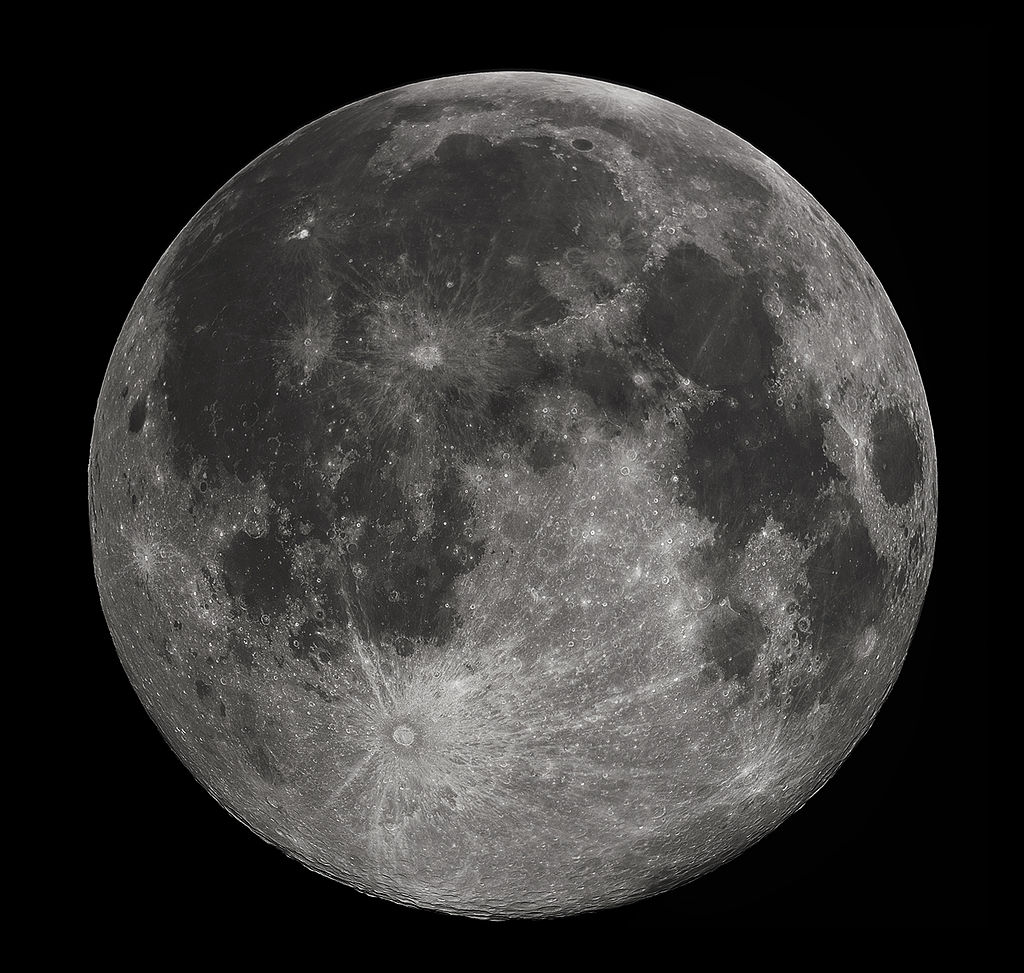
GPS is ubiquitous on Earth. It guides everything from precision surveying to aircraft navigation. To realize our vision of lunar exploration with a sustained human presence, we’ll need the same precision on the Moon.
That starts with an accurate clock.
Continue reading “What Time is it on the Moon? Lunar GPS Needs to Know”This Alien Landscape is Actually a Microscopic View of an Atomic Clock
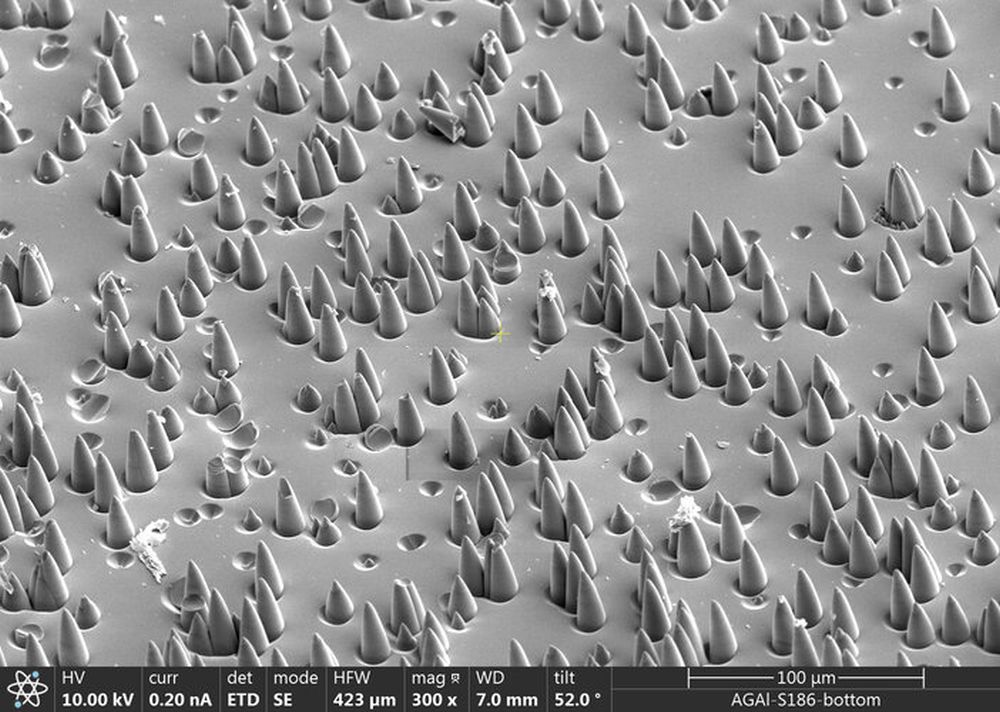
Navigation satellites couldn’t accomplish anything without extremely accurate clocks. But a regular clock won’t do. Only atomic clocks are accurate enough, and that’s because they tell time with electrons.
Those atomic clocks wear out over time, and that’s what the image shows.
Continue reading “This Alien Landscape is Actually a Microscopic View of an Atomic Clock”Cosmic Rays can Help Keep the World's Clocks in Sync
The world has a robust, accurate timekeeping system that regulates our clocks. Humanity uses it for everything we do, from our financial systems to satellite navigation, computer and phone networks, and GPS. But the current system is not perfect, and has vulnerabilities to cyber-attack and disruption. Given the importance of accurate timekeeping to our society (as a fundamental underpinning of life in the 21st century), experts are always looking for ways to improve the system and add redundancy. Researchers at the University of Tokyo have taken a big step in this direction, developing a new method of time synchronization that takes advantage of cosmic rays to calibrate the world’s clocks.
Continue reading “Cosmic Rays can Help Keep the World's Clocks in Sync”Atomic Clocks Separated by Just a few Centimetres Measure Different Rates of Time. Just as Einstein Predicted
The connection between relativity and quantum mechanics has been a black box for the world of physics for decades. That partially stems from the difficulty in collecting data on systems that interface between the two of them. Relativity is the realm of the supermassive, while quantum mechanics can best be described as the realm of the minuscule. But, there is, in fact, one particular realm where they overlap. One of the results of relativity is that gravity can affect the flow of time. Commonly known as “time dilation,” this effect has now been studied by researchers at the National Institute of Standards and Technology (NIST) in the US using an extraordinarily accurate atomic clock.
Continue reading “Atomic Clocks Separated by Just a few Centimetres Measure Different Rates of Time. Just as Einstein Predicted”Deep Space Atomic Clocks Will Help Spacecraft Answer, with Incredible Precision, if They’re There Yet
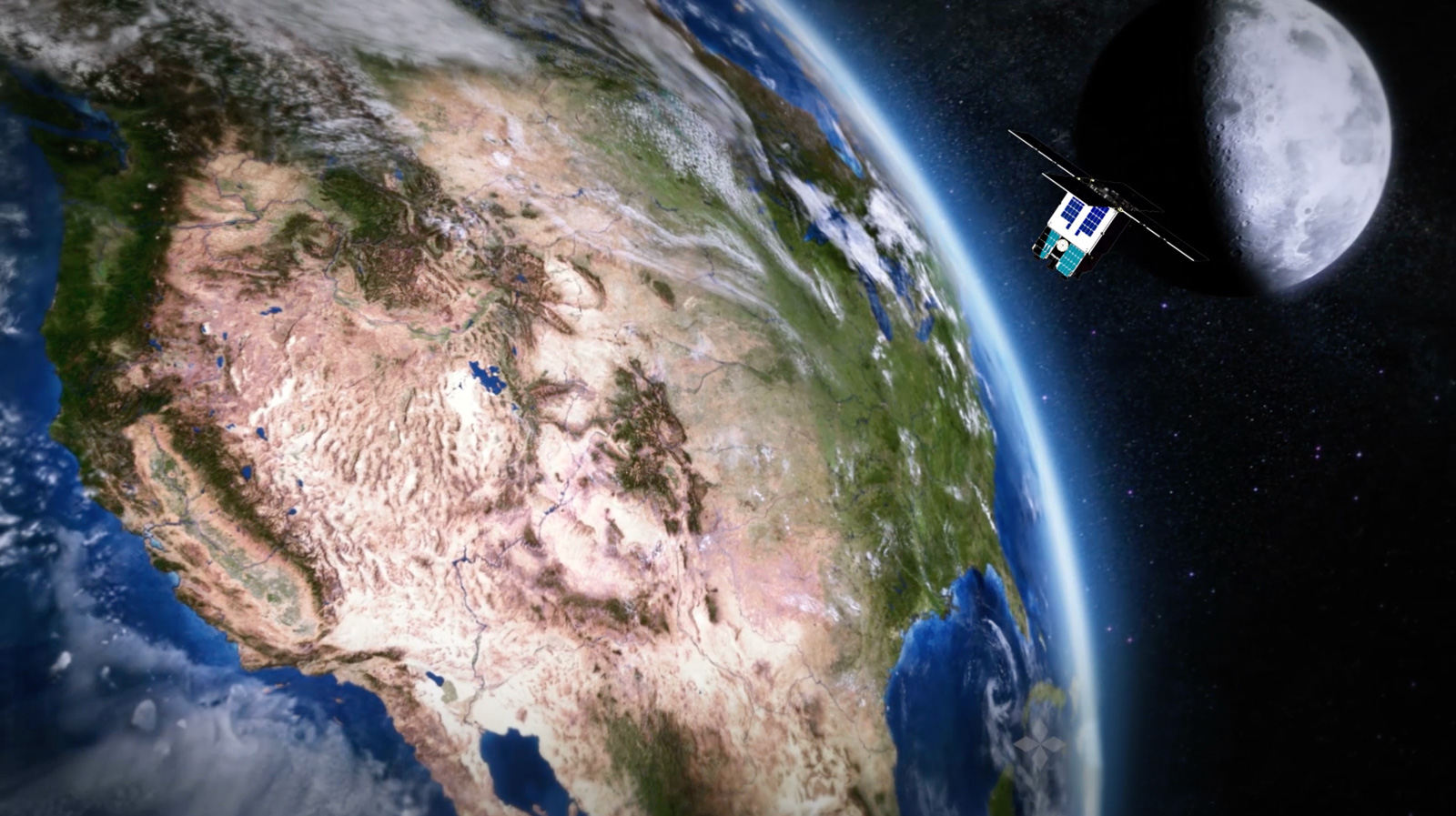
How do spacecraft know where they are? There’s no GPS out there. Right now, it involves sending a signal to the spacecraft which the spacecraft then sends right back to Earth. The elapsed time reveals the distance.
But on June 24th, that method could be replaced by something much more autonomous.
Continue reading “Deep Space Atomic Clocks Will Help Spacecraft Answer, with Incredible Precision, if They’re There Yet”Elusive Dark Matter Could Be Detected with GPS Satellites
You know the old saying: “if you want to hide something, put it in plain sight?” Well, according to a new proposal by two professors of physics, this logic may be the reason why scientists have struggled for so long to find the mysterious mass that is believed to comprise 27% of the matter in the universe.
In short, these two physicists believe that dark matter can be found the same way the you can find the fastest route to work: by consulting the Global Positioning System.
Andrei Derevianko, of the University of Nevada, Reno, and Maxim Pospelov, of the University of Victoria and the Perimeter Institute for Theoretical Physics in Canada, proposed this method earlier this year at a series of renowned scientific conferences, where it met with general approval.
Their idea calls for the use of GPS satellites and other atomic clock networks and comparing their times to look for discrepancies. Derevianko and Pospelov suggest that dark matter could have a disruptive affect on atomic clocks, and that by looking at existing networks of atomic clocks it might be possible to spot pockets of dark matter by their distinctive signature.
The two are starting to test this theory by analyzing clock data from the 30 GPS satellites, which use atomic clocks for everyday navigation. Correlated networks of atomic clocks, such as the GPS and some ground networks already in existence, can be used as a powerful tool to search for the topological defect dark matter where initially synchronized clocks will become desynchronized.
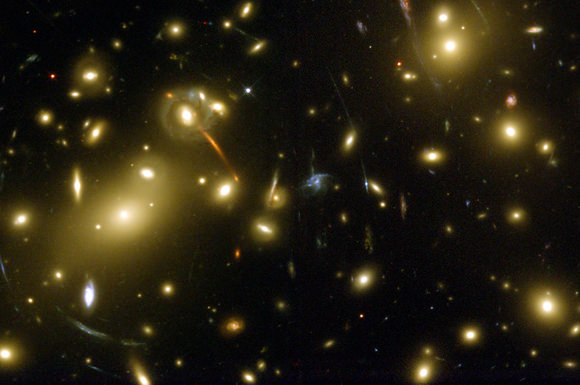
“Despite solid observational evidence for the existence of dark matter, its nature remains a mystery,” Derevianko, a professor in the College of Science at the University, said. “Some research programs in particle physics assume that dark matter is composed of heavy-particle-like matter. This assumption may not hold true, and significant interest exists for alternatives.”
Their proposal builds on the idea that dark matter could come from cracks in the universe’s quantum fields that could disturb such fundamental properties as the mass of an electron, and have an effect on the way we measure time. This represents a break from the more conventional view that dark matter consists of subatomic particles such as WIMPs and axions.
“Our research pursues the idea that dark matter may be organized as a large gas-like collection of topological defects, or energy cracks,” Derevianko said. “We propose to detect the defects, the dark matter, as they sweep through us with a network of sensitive atomic clocks. The idea is, where the clocks go out of synchronization, we would know that dark matter, the topological defect, has passed by. In fact, we envision using the GPS constellation as the largest human-built dark-matter detector.”
Derevianko is collaborating on analyzing GPS data with Geoff Blewitt, director of the Nevada Geodetic Laboratory, also in the College of Science at the University of Nevada, Reno. The Geodetic Lab developed and maintains the largest GPS data processing center in the world, able to process information from about 12,000 stations around the globe continuously, 24/7.
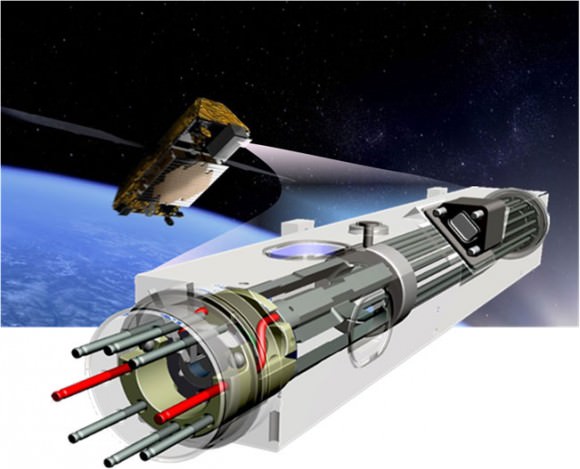
Blewitt, also a physicist, explained how an array of atomic clocks could possibly detect dark matter.
“We know the dark matter must be there, for example, because it is seen to bend light around galaxies, but we have no evidence as to what it might be made of,” he said. “If the dark matter were not there, the normal matter that we know about would not be sufficient to bend the light as much as it does. That’s just one of the ways scientists know there is a massive amount of dark matter somewhere out there in the galaxy. One possibility is that the dark matter in this gas might not be made out of particles like normal matter, but of macroscopic imperfections in the fabric of space-time.
“The Earth sweeps through this gas as it orbits the galaxy. So to us, the gas would appear to be like a galactic wind of dark matter blowing through the Earth system and its satellites. As the dark matter blows by, it would occasionally cause clocks of the GPS system to go out of sync with a tell-tale pattern over a period of about 3 minutes. If the dark matter causes the clocks to go out of sync by more than a billionth of a second we should easily be able to detect such events.”
“This type of work can be transformative in science and could completely change how we think about our universe,” Jeff Thompson, a physicist and dean of the University’s College of Science, said. “Andrei is a world class physicist and he has already made seminal contributions to physics. It’s a wonder to watch the amazing work that comes from him and his group.”
Derevianko teaches quantum physics and related subjects at the University of Nevada, Reno. He has authored more than 100 refereed publications in theoretical physics. He is a fellow of the American Physical Society, a Simons fellow in theoretical physics and a Fulbright scholar. Among a variety of research topics, he has contributed to the development of several novel classes of atomic clocks and precision tests of fundamental symmetries with atoms and molecules.
Their research appeared earlier this week in the online version of the scientific journal Nature Physics, ahead of the print version.
Further Reading: University of Nevada
What are You Doing With Your Added Leap Second Today?
Everyone loves a long weekend, this weekend will be officially one second longer than usual. An extra second, or “leap” second, will be added at midnight UTC tonight, June 30, 2012, to account for the fact that it is taking Earth longer and longer to complete one full turn, or one a solar day. Granted, it the additional time is not very long, but the extra second will ensure that the atomic clocks we use to keep time will be in synch with Earth’s rotational period.
“The solar day is gradually getting longer because Earth’s rotation is slowing down ever so slightly,” says Daniel MacMillan of NASA’s Goddard Space Flight Center.
So, rather than changing from 23:59:59 on June 30 to 00:00:00 on July 1, the official time will get an extra second at 23:59:60.
About every one and a half years, one extra second is added to Universal Coordinated Time (UTC) and clocks around the world. Since 1972, a total of 24 seconds have been added. This means that the Earth has slowed down 24 seconds compared to atomic time since then.
However, this doesn’t mean that days are 24 seconds longer now, as only the days on which the leap seconds are inserted have 86,401 seconds instead of the usual 86,400 seconds.
This leap second accounts for the fact that the Earth’s rotation around its own axis, which determines the length of a day, slows down over time while the atomic clocks we use to measure time tick away at almost the same speed over millions of years.
NASA explains it this way:
Scientists know exactly how long it takes Earth to rotate because they have been making that measurement for decades using an extremely precise technique called Very Long Baseline Interferometry (VLBI). VLBI measurements are made daily by an international network of stations that team up to conduct observations at the same time and correlate the results. NASA Goddard provides essential coordination of these measurements, as well as processing and archiving the data collected. And NASA is helping to lead the development of the next generation of VLBI system through the agency’s Space Geodesy Project, led by Goddard.
From VLBI, scientists have learned that Earth is not the most reliable timekeeper. The planet’s rotation is slowing down overall because of tidal forces between Earth and the moon. Roughly every 100 years, the day gets about 1.4 milliseconds, or 1.4 thousandths of a second, longer. Granted, that’s about 100 or 200 times faster than the blink of an eye. But if you add up that small discrepancy every day for years and years, it can make a very big difference indeed.
“At the time of the dinosaurs, Earth completed one rotation in about 23 hours,” says MacMillan, who is a member of the VLBI team at NASA Goddard. “In the year 1820, a rotation took exactly 24 hours, or 86,400 standard seconds. Since 1820, the mean solar day has increased by about 2.5 milliseconds.”
By the 1950s, scientists had already realized that some scientific measurements and technologies demanded more precise timekeeping than Earth’s rotation could provide. So, in 1967, they officially changed the definition of a second. No longer was it based on the length of a day but on an extremely predictable measurement made of electromagnetic transitions in atoms of cesium. These “atomic clocks” based on cesium are accurate to one second in 1,400,000 years. Most people around the world rely on the time standard based on the cesium atom: Coordinated Universal Time (UTC).
Another time standard, called Universal Time 1 (UT1), is based on the rotation of Earth on its axis with respect to the sun. UT1 is officially computed from VLBI measurements, which rely on astronomical reference points and have a typical precision of 5 microseconds, or 5 millionths of a second, or better.
“These reference points are very distant astronomical objects called quasars, which are essentially motionless when viewed from Earth because they are located several billion light years away,” says Goddard’s Stephen Merkowitz, the Space Geodesy Project manager.
For VLBI observations, several stations around the world observe a selected quasar at the same time, with each station recording the arrival of the signal from the quasar; this is done for a series of quasars during a typical 24-hour session. These measurements are made with such exquisite accuracy that it’s actually possible to determine that the signal does not arrive at every station at exactly the same time. From the miniscule differences in arrival times, scientists can figure out the positions of the stations and Earth’s orientation in space, as well as calculating Earth’s rotation speed relative to the quasar positions.
Originally, leap seconds were added to provide a UTC time signal that could be used for navigation at sea. This motivation has become obsolete with the development of GPS (Global Positioning System) and other satellite navigation systems. These days, a leap second is inserted in UTC to keep it within 0.9 seconds of UT1.
Normally, the clock would move from 23:59:59 to 00:00:00 the next day. Instead, at 23:59:59 on June 30, UTC will move to 23:59:60, and then to 00:00:00 on July 1. In practice, this means that clocks in many systems will be turned off for one second.
Proposals have been made to abolish the leap second and let the two time standards drift apart. This is because of the cost of planning for leap seconds and the potential impact of adjusting or turning important systems on and off in synch. No decision will made about that, however, until 2015 at the earliest by the International Telecommunication Union, a specialized agency of the United Nations that addresses issues in information and communication technologies. If the two standards are allowed to go further and further out of synch, they will differ by about 25 minutes in 500 years.
In the meantime, leap seconds will continue to be added to the official UTC timekeeping. The 2012 leap second is the 35th leap second to be added and the first since 2008.
Lead image credit: Rick Ellis
Sources: NASA, TimeandDate.com



